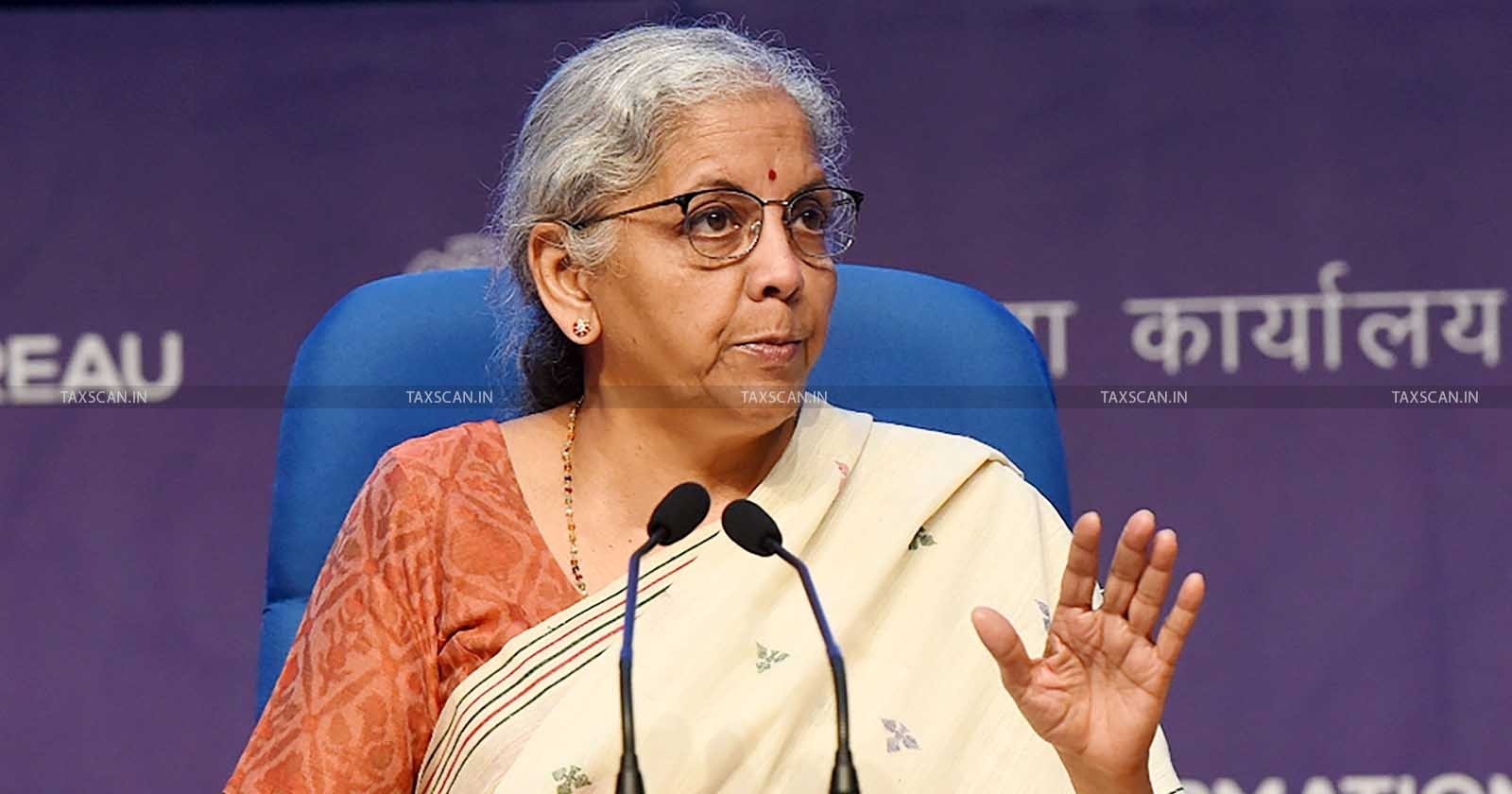FM Nirmala Sitharaman Indicates 19.7 Lakh Crore Increase in Overall Credit Disbursement to Priority Sectors in 6-Year Period
FM Sitharaman stated that the rise in credit allocation is indicative of India’s inclusive financial policies

FM Nirmala Sitharaman – Nirmala Sitharaman – Increase in Overall Credit Disbursement – Overall Credi – Priority Sectors – Disbursement to Priority – taxscan
FM Nirmala Sitharaman – Nirmala Sitharaman – Increase in Overall Credit Disbursement – Overall Credi – Priority Sectors – Disbursement to Priority – taxscan
Union Finance Minister Nirmala Sitharaman, in a written reply in Lok Sabha announced that India’s priority sector lending has witnessed an 85% surge over the past six years, with total credit disbursement rising from ₹23.01 lakh crore in 2019 to ₹42.73 lakh crore in 2024.
The details were published in a Press Information Bureau (PIB) release on March 11, 2025. Minister Sitharaman emphasized that the ₹19.7 lakh crore increase highlights the government’s focus on financial inclusion, rural development, economic expansion, strategic regulatory reforms, technology adoption, and responsible lending.
Read More: FM Nirmala Sitharaman Launches New Digital Credit Assessment Model for MSMEs
What Are Priority Sectors?
Priority Sector Lending (PSL) is a government-mandated framework ensuring that banks allocate a fixed portion of their credit to sectors crucial for economic and social development. These include agriculture, micro, small & medium enterprises (MSMEs), export credit, education, housing, social infrastructure, and weaker sections.
Worried About SME IPO Pitfalls? Gain Clarity with This Advanced Course! Register Now
Lending to the agriculture sector has more than doubled from ₹8.86 lakh crore in 2019 to ₹18.27 lakh crore in 2024, including funds for agricultural infrastructure. This has improved financial access for farmers, boosted productivity, and modernized farming techniques.
Similarly, MSME credit disbursement has surged from ₹10.99 lakh crore to ₹21.73 lakh crore during the same period, providing small businesses with essential capital for expansion, technology adoption, and job creation. These credit initiatives have significantly contributed to economic development, particularly in rural and semi-urban areas.
FinTech Integration for Seamless Banking
Banks are leveraging FinTech solutions to enhance credit disbursement efficiency. AI-based e-KYC and V-KYC enable seamless digital onboarding, while automated loan underwriting using alternative data allows for faster approvals and real-time decision-making. Additionally, API-based banking solutions provide customized financial products, improving access and convenience for customers.
Worried About SME IPO Pitfalls? Gain Clarity with This Advanced Course! Register Now
Regulatory and Supervisory Measures by RBI
The Reserve Bank of India (RBI) ensures compliance with lending regulations through supervisory assessments and corrective actions. To strengthen financial stability, the RBI and the government have introduced measures to curb NPAs, including early warning systems, stricter monitoring, and the Insolvency and Bankruptcy Code (IBC) for faster resolution of stressed assets. These reforms enhance risk management and credit discipline, making banking more resilient and efficient.
As priority sector lending continues to expand, it will play a crucial role in fostering financial inclusion, accelerating rural and business growth, and strengthening India's economic foundation for the future.
Support our journalism by subscribing to Taxscan premium. Follow us on Telegram for quick updates


